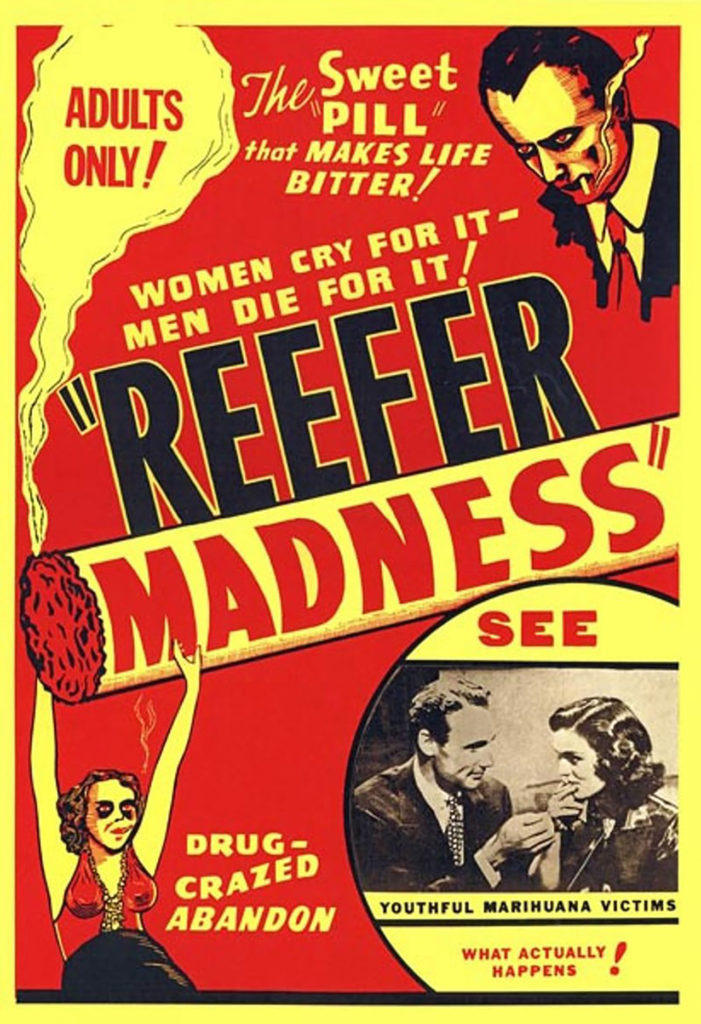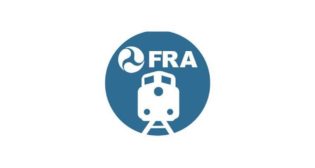
All Aboard Amtrak’s Mary Jane Limited?
Written by William C. Vantuono, Editor-in-Chief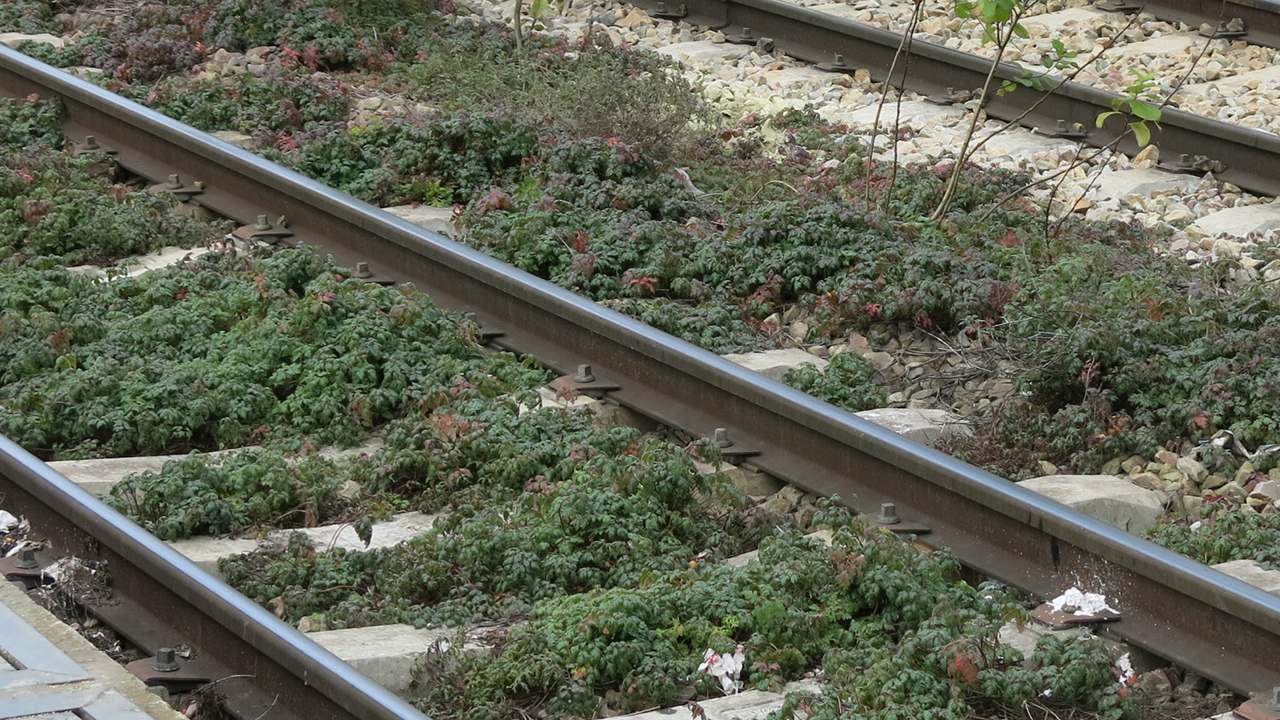
Weeds on railroad tracks takes on a whole new meaning ...
If you’re a railroad historian, you’re doubtless aware of some of the passenger trains of bygone days named for famous people, like the Ethan Allen Express, Abraham Lincoln, Commodore Vanderbilt, William Penn, Will Rogers, Nancy Hanks, Nathan Hale, Paul Revere, etc. If a recent report in the Buffalo Chronicle is to be taken seriously, you’ll be able to ride a new (or renamed) Amtrak long-distance train, the Mary Jane Limited.
Think I’m kidding? Blowing smoke at you? Puffing on funny cigarettes?
A recent Buffalo Chronicle articled titled “At Schumer’s urging, Amtrak will accommodate cannabis users on slow-moving routes” claims that ”Amtrak is planning to accommodate cannabis users on its traditional regular-speed routes across the country, including on trains that run between Buffalo and New York City. The move is at the urging of Senate Majority Leader Chuck Schumer (D-N.Y.), who believes that allowing adults to smoke cannabis on trains will improve the passenger experience and increase ticket sales for passengers that are willing to travel at a more leisurely pace.”
It’s a short joint—er, piece—so I may as well reproduce it here in full:
“Under new federal regulations that Schumer’s office has been working on for months, Amtrak would be allowed to sell cannabis products to its passengers aboard trains—even while in states that ban it. The regulations would require Amtrak to designate some passenger cars as ‘smoking’ and others as ‘non-smoking.’ The nation’s railways are federally regulated.
“It’s unclear if Amtrak will be allowed to sell cannabis products to passengers inside its stations, prior to boarding.
“Many supporters of the policy believe that the new regulations will allow Amtrak to generate new revenue streams by enabling it to cultivate a ‘leisure travel’ market, particularly for long-distance sight-seeing routes. Improving passenger volumes on long-distance rural routes—which are some of the nation’s most scenic—would go a long way to turning the system’s poorest performing routes into some of its most profitable.
“‘I love a wide, slow-moving train,’ Schumer often quips. ‘There’s nothing better than being able to put your feet up and enjoy the ride.’
“It’s unlikely, however, that cannabis users will be accommodated on Amtrak’s most profitable route: the Acela Corridor. That high-speed service is marketed to business travelers at premium price points.
“‘These regs are designed to help make Amtrak profitable and to give it the flexibility to be competitive as it develops various niches in the market for travel,’ Schumer adds. ‘Particularly among leisure travelers who don’t mind traveling at a more comfortable pace.’”
OK folks, now that I’ve hopefully gotten your attention, here’s a spoiler, before I continue: The Buffalo Chronicle does indeed exist. It’s a website, and also has a Facebook page. However, everything it publishes is fake, phony, or at the very least, highly fictionalized. Its address, as Canada’s CBC discovered, is a long-abandoned warehouse. The Brooklyn Paper recently called it out for publishing “bogus stories about local news in Brooklyn and the rest of New York City for several years, fooling untold numbers of New Yorkers with articles that seem superficially plausible and look convincing, but lack any morsel of truth.”
The story about marijuana use permitted on Amtrak trains is actually funny, if you think about it. What’s not funny is that there are too many people who actually believe such cesspools of misinformation. The 33-year-old “publisher” who produces this nonsense, Buffalo resident Matthew Ricchiazzi, calls it “social art.” If you want more insight into Ricchiazzi, read the Brooklyn Paper article.
Tell a lie enough times and many people will start to believe it. For example, the story above references “Amtrak’s most profitable route: the Acela Corridor.” There’s no such thing as the “Acela Corridor.” There is an Amtrak service called Acela or Acela Express that operates on the Northeast Corridor. It is not profitable, when taking into account all costs, operating and capital, above and below the rail. Yet, even respected publications like the Wall Street Journal have spread misinformation that Acela service is profitable. (It doesn’t need to be, because passenger rail, a form of public transportation, is a service, but that’s another subject.)
So now that you know the truth, I’ll pick up where I left off. Full disclosure: Frank Wilner, our Capitol Hill Contributing Editor, provided some “observations” that I’ve worked into the narrative. I love wordplay, and I do have a slightly warped sense of humor, so hopefully you will enjoy this, which is written as if I took the Buffalo Chronicle seriously:
It’s generally understood that one of the most dangerous things one can do is step between Chuck Schumer and a TV camera. That danger zone now appears to be filling up with smoke, and not the type accompanied by mirrors. So what’s up, Chuck? Are you playing foil to Republicans just weeks ahead of the midterm elections?
The real truth is that Schumer may be pulling—at least for younger voters who often require additional stimulus to get out of bed early and to the polls—a Democratic rabbit out of his hat. Many people recognize that our jails and prisons are overflowing with people targeted for minor drug offenses. Polls and state legislation surely validate that a majority of the especially younger public favor relaxed drug laws. While old grey heads may mutter and groan while enjoying their liquid buzz of choice in elegantly appointed taverns, younger generations attending concerts and raves embrace an alternative buzz of choice. Allowing cannabis on Amtrak trains is, in fact, a progressive approach to what already is broadly accepted. No doubt, Schumer’s rabbit is munching on grass and weeds.
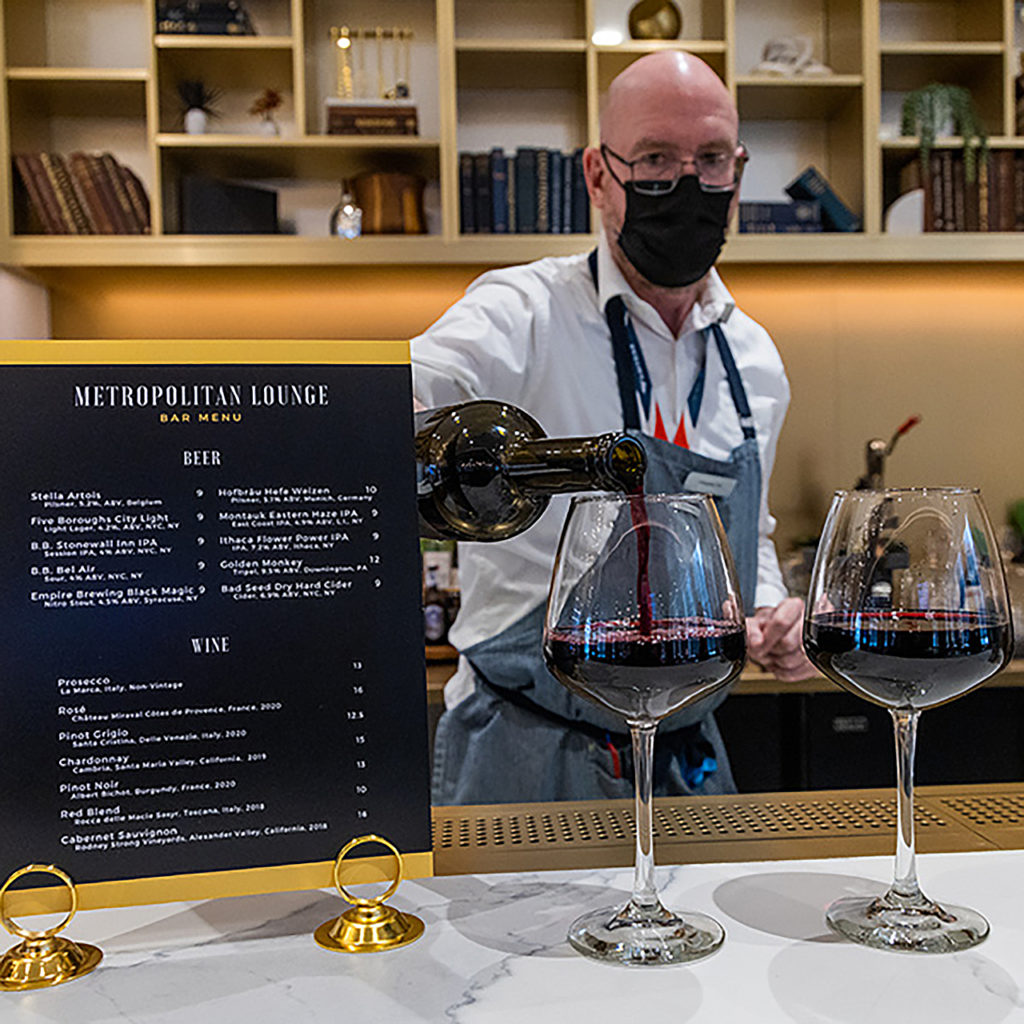
So, will the “smoking cars” that will have to be added to Amtrak long-distance trains be called reefers? Will stoned passengers be less-annoyed by rough track caused by weed-infested bad ballast, which as we all know consists of crushed stones? Will the Fats Waller/Andy Razaf/J.C. Johnson 1937 jazz tune The Joint is Jumpin’, Don Redman’s 1931 jazz classic Chant of the Weed, or Hugh Masekela’s 1968 Grazing in the Grass be played in Amtrak café cars, where high-profit-margin snacks like potato chips and pretzels will sell like hotcakes, because (again as we all know), smoking marijuana gives you the “munchies.” Will this newfound profitability please former Rep. John Mica (R-Fla.), or will it make his toupée spin uncontrollably? And let’s not forget the 1936 “educational” film, Reefer Madness. Perhaps it could be screened in the café cars?
So, what’s next, Amtrak? Allowing use of a certain illegal white powder on your trains, thereby resurrecting the Delaware, Lackawanna & Western’s famous named train, the Phoebe Snow?
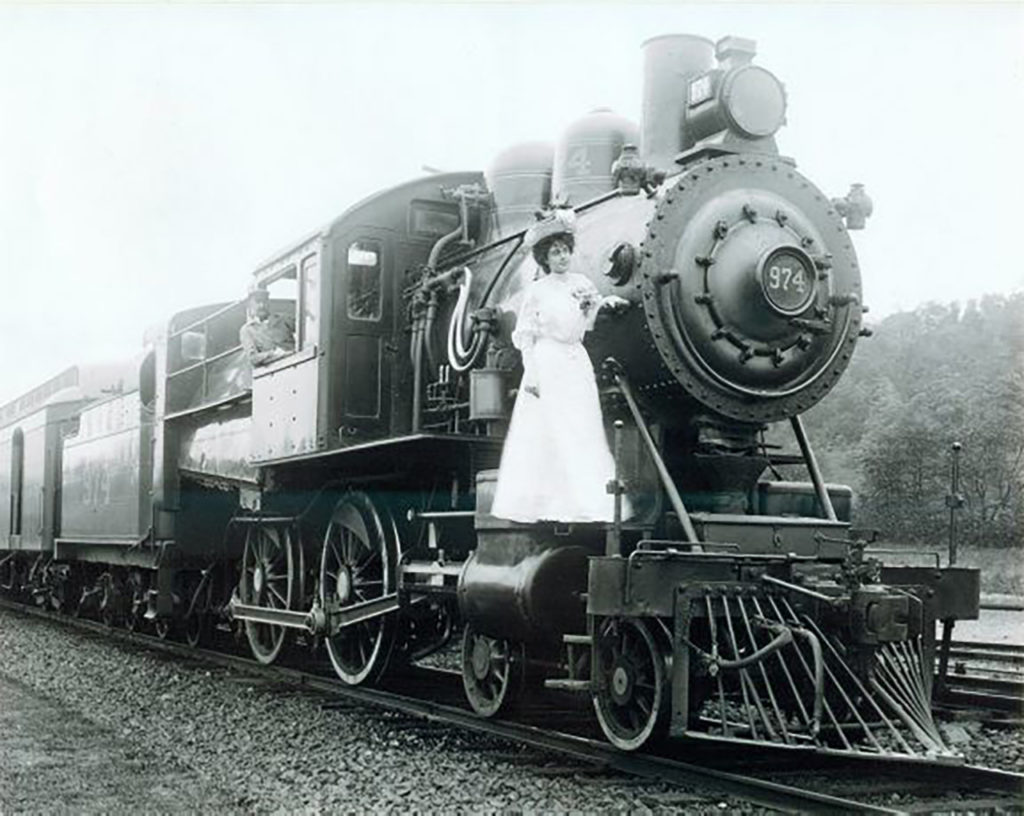
Marijuana has been called a “gateway drug.” Will the Gateway Project, one of Chuck Schumer’s pet projects, take on a whole new meaning?
On a more serious note, what happens when conductors and sleeping car attendants start inhaling second-hand “happy smoke”?
And once Amtrak starts permitting passengers to partake of cannabis, will the airlines be far behind? After all, there has to be some way of dealing with agitated, unruly passengers prone to attacking innocent flight attendants and customer service reps, right?
No doubt, the Surface Transportation Board will have to get involved, as there will be a cabal of crafty attorneys arguing that Amtrak’s legislated right to sell cannabis on board trains like the Mary Jane Limited, High-a-Watha and Nathan Inhaled constitutes a monopoly.
I will conclude with some history: Wisconsin in 1874 passed the “Potter Law,” named for Wisconsin State Sen. Robert Potter. It reduced railroad rates to where there was nothing left to pay fixed costs. In the second year of the law’s operation, no Wisconsin railroad paid a dividend; only four paid interest on their bonds. Railroad construction had come to a standstill. Even the facilities on existing railroads could not be kept up. Foreign capital refused to invest in Wisconsin. Within two years of the Potter Law’s passage, railroads convinced the Wisconsin legislature to repeal it, citing financial strain that so adversely affected rail service quality that trains operating in Wisconsin came to be known as “Potter Trains.”
There once were “Potter trains.” So why not “Pot trains”?
Back to reality: As life imitates The Onion, cesspools of information lurk—all the more reason to stick with trusted news sites and, of course, Railway Age!
